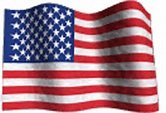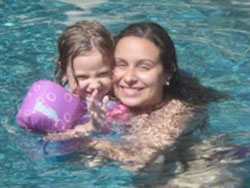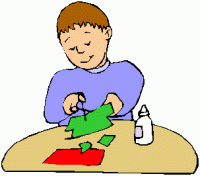
Below is the partial list of volunteering options in New Orleans. There are quite a few more opportunities where you can show your volunteering spirit but this list should be sufficient to get you started.
Why volunteer? Because volunteering is a very important part of American culture that you’ll only appreciate if you give it a try. It also helps you “broaden your horizons”, both physically and mentally, and allows you to make friends that you’d never meet otherwise.
Volunteers of America Greater New Orleans
http://www.voagno.org/about-us
Hands on New Orleans
http://www.handsonneworleans.org/
Beacon of Hope Resource Center
www.beaconofhopenola.org
Camp Restore
www.camprestore.org
Catholic Charities Archdiocese of New Orleans
www.ccano.org
Common Ground Relief
www.commongroundrelief.org
Grow Dat Youth Farm
www.growdatyouthfarm.org
Habitat for Humanity
www.habitat-nola.org
Hike for KaTREEna
www.hikeforkatreena.org
Junior Achievement of Greater New Orleans
www.jagno.org
KidSmart
www.kidsmart.org
Projects with Purpose
www.projectswithpurpose.org
Rebuilding Together New Orleans
www.rtno.org
Second Harvest Food Bank
www.no-hunger.org
Jewish Community Center
www.nojcc.org
Youth Rebuilding New Orleans
yrno.com
New Orleans City Park Volunteer
http://neworleanscitypark.com/info/volunteer
Audubon Institute (Zoo, Aquarium, Insectarium)
http://www.auduboninstitute.org/volunteers
Uptown Shepherds Center
http://uptownshepherdcenter.wix.com/uptownshepherdcenter
Louisiana’s Children’s Museum
http://lcm.org/volunteer-internships
New Orleans Museum of Art
https://noma.org/support/volunteer/
Longue Vue House and Gardens
https://longuevue.com/give/volunteer/
Contemporary Arts Center
http://www.contemporaryartscenter.org/support-us/volunteer
Touro Hospital
http://www.touro.com/content/careers/volunteer.htm
Tulane Medical Center
http://tulanehealthcare.com/about/volunteer.dot
Children’s Hospital
http://www.chnola.org/Volunteer
East Jefferson General Hospital
http://ejgh1.tru-m.com/index.php?option=com_content&view=article&id=27&Itemid=71
New Orleans Public Library
Anyone interested in volunteering may contact Human Resources at 504 596-2607
Jazz Fest
http://www.jazzandheritage.org/get-involved
French Quarter Festivals
http://fqfi.org/pages/detail/118/Volunteers
Mahalia Jackson Theatre
http://mahaliajacksontheater.com/general-info/volunteer
Tulane Summer Lyric Theatre
http://summerlyric.tulane.edu/audition.cfm
Jefferson Performing Arts Society
http://www.jpas.org/support-us/volunteer-with-jpas/
SPCA (Society for the Prevention of Cruelty to Animals)
http://www.la-spca.org/donate/volunteer/opportunities
Crescent City Classic (racing)
http://www.ccc10k.com/volunteers
Susan G. Komen New Orleans (cure for breast cancer)
http://komenneworleans.org/get-involved/volunteer/
Rock & Roll Marathon Series
http://www.runrocknroll.com/new-orleans/the-weekend/volunteer/
 Known as the Fourth of July and Independence Day, July 4th has been a federal holiday in the United States since 1941, but the tradition of Independence Day celebrations goes back to the 18th century and the American Revolution (1775-83).
Known as the Fourth of July and Independence Day, July 4th has been a federal holiday in the United States since 1941, but the tradition of Independence Day celebrations goes back to the 18th century and the American Revolution (1775-83).







